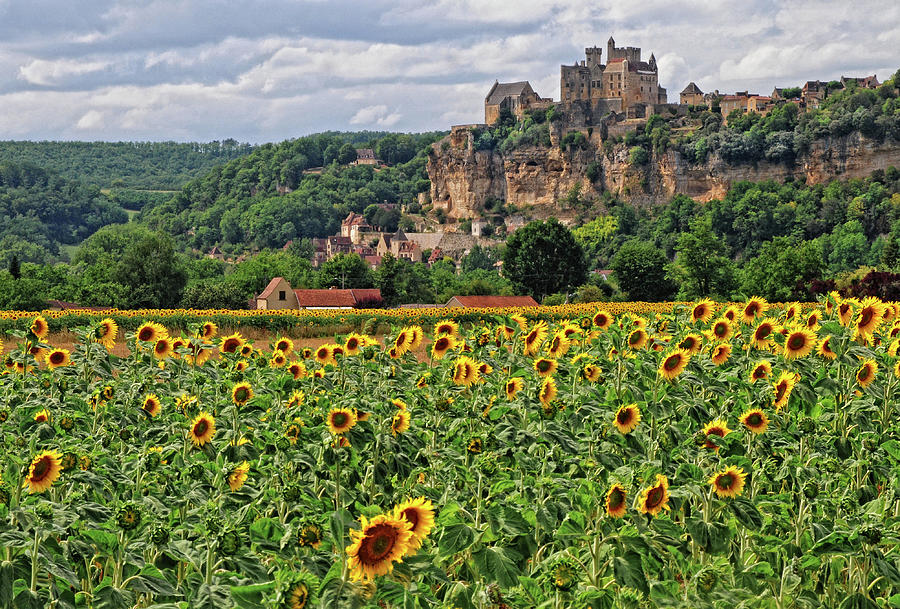
About 100 Australian species are venomous. (To be absolutely accurate, one species of grass snake is venomous too, but because of the way its fangs are positioned, could not physically get enough poison into a person to do any lasting damage.) For comparison, there are 3 species of snake in the British Isles (one poisonous), and Australia has about 140 species of terrestrial snakes and 32 marine species. There are about a dozen species of snake in France but only two (or in the south, three) species in France are really venomous - these are the Vipers or Adders. It occurred to me that this was quite a good post for the blog, so here is some information on snakes in France.

Charlotte would love a little souvenir.A little while ago I had a conversation about snakes in France with my friend Jane (Australian, lives in the UK, owns a house in France - there's dozens of us, you know). the mother with her two babies on her back" (the crowned Madagascar lemur)."Īnd we finish by indulging ourselves with a cool drink. "I would like to go swimming with him, he looks very sweet!"Īt the end of the visit, we don't forget to vote for the conservation programme of our choice (a part of our entrance ticket will be donated to this project). We also learn that another volunteer has gone to Switzerland with the owner of the site to collect partridges for a European breeding program (External link) (EAZA - European Association of Zoos and Aquariums) in order to maintain, amongst other things, viable populations.Ī multitude of animals from all 5 continents awaiting discovery in semi-liberty in the middle of the unspoilt wooded hillside, including Andean Pudus, Wallabies, European Mink, Victoria crowned pigeons, Margays or Fossas, the first animal to arrive here 12 years ago.īut the star is the newcomer called Lani, a pygmy hippopotamus who wades proudly around her pond! The site has been enlarged especially for her and a few antelopes. We meet Melvin and Nathan, 2 young volunteers who came to learn, help and contribute to the missions of the non-profit making organisation (External link). The Reserve calls on supermarkets, market gardeners or other local producers to recover their unsold stock in so avoids wastage. Each animal, herbivore or carnivore, such as the Maned Wolf or the Wolverine, benefits from a very particular diet, which must be respected with great precision. Not far away, we spot the animals' kitchen where the caretakers are busy preparing the bowls for the next meals. The proximity to these protected species both fascinates and surprises her. The whole family has a lot of fun trying to feed the large cattle whose nostrils make Charlotte really laugh. We reach the large space that the Capybaras (largest land rodents) share with their strange co-occupiers, South American Tapirs and collared Kamichi, who loudly express their displeasure at being disturbed in their peaceful surroundings. Now we discover Golden Lion Tamarins and Goeldi monkeys, Sakis and Black-headed squirrel monkeys (Saimiri). We're on our way again, South America here we come!
#Dordogne region two species full
Not a monkey but a Madagascan lemur, and a crowned lemur at that! These cuddly toys, full of life, approach us fearlessly and a carer, Eléa, arrives to give them something to eat the mother lemur, with her two young cubs clinging on to her back, easily wins the affection of our young lady.Įléa, who has just finished feeding the Makis cattas, easily identified by their long striped tails, explains to her that no, it would be better not to, for the best interest of these animals that have been collected by the reserve for the biodiversity conservation mission. "This monkey is so cute." On the tropical rainforests of Madagascar

In close contact, or almost, because we can actually enter the universe of some of these tiny creatures, much to the delight of Charlotte, whose eyes shine brightly. Opened in 2008, the sanctuary is divided into "regions of the world" in which you have the opportunity to get away from it all and meet some little-known animals. This animal temple was conceived from the passion and determination of Emmanuel Mouton (External link), former chief animalist at the National Natural History Museum. The wait is unbearable for Charlotte, who immediately hurries us along the landscaped pathways. "Mummy, Daddy! Quick, quick, I want to go and see the monkeys!" Guillaume welcomes us warmly in an old stone house typical of the Sarlat region, built against the rock and nestled in the heart of a quiet and lush forest. Accompanied by a couple of friends and their 2 toddlers, this sunny Saturday morning is ideal for discovering the Calviac's Zoological Reserve, in the Perigord Noir.


 0 kommentar(er)
0 kommentar(er)
